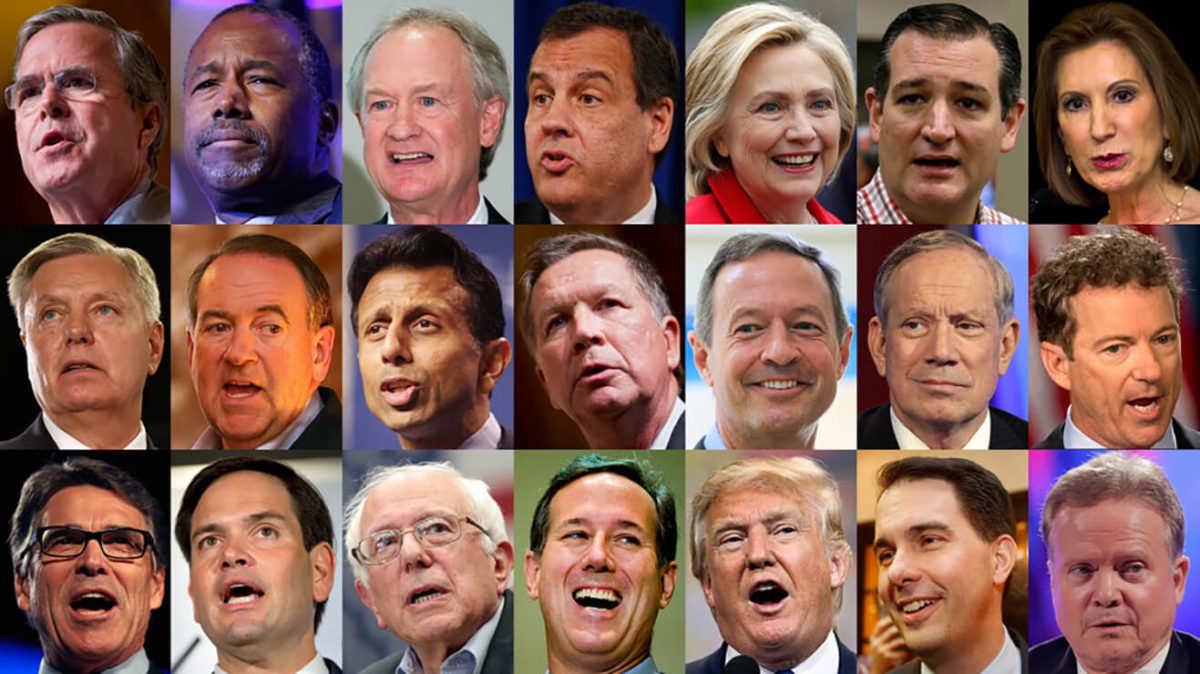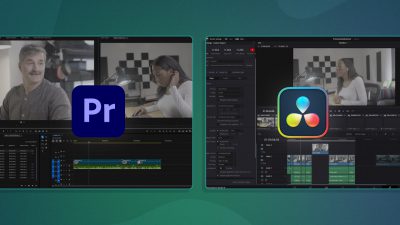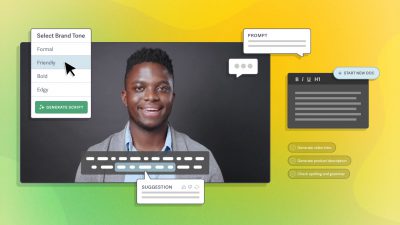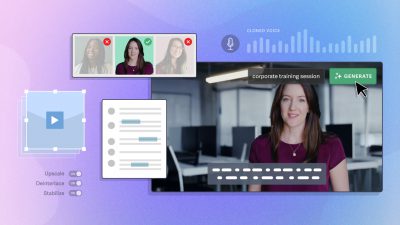Online video has impacted virtually every aspect of modern life, and politics is no exception. In some regards, this is really nothing new—ever since President Kennedy was elected, we’ve all been keenly aware of how much video optics matter when it comes to winning over an audience.
The savviest politicians tend to be those who, like all good brands, know how to use video to showcase their platform and draw a crowd. On a national stage, these are the ones who tend to rise in the ranks. But as much as video can help a candidate, it can also hurt—as we’re going to discuss in this post.
Let’s start by taking a look at how politicians prepare (and sometimes don’t prepare) for their close-up.
Video Requires Preparation
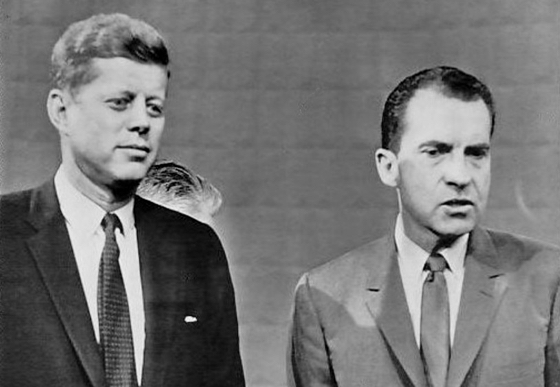
In the first ever televised Presidential debate, Kennedy and Nixon went head to head in a way that nobody expected: everyone cared, suddenly, about personal charm. While both men held their own debate-wise, Nixon was said to be slightly sweaty and seemingly uncomfortable, which was broadcast visually to a huge American audience. Meanwhile Kennedy was smooth, calm, had good makeup, and was, well, charming. Suddenly, it really mattered how well a presidential candidate came across on camera, a fact that has only become more pronounced in decades since.
This isn’t just about looks, but about how you speak, carry yourself, how “at ease” you appear to be … and, not surprisingly, this takes prep. No doubt Kennedy’s team had him well-prepared and well-rehearsed for delivering a camera-ready performance, and no doubt Nixon’s people didn’t think it was so important—most likely to their chagrin.
Plenty of other politicians have made the same mistake since, without the excuse of novelty to fall back on. Marco Rubio’s awkward dry mouth in 2013, for example, made quite an unfavorable impression, one that had nothing to do with his politics yet doubtlessly affected his impact. In contrast, Obama is super-camera-ready on average, and has made online video an obvious platform for the Presidential office in the way it wasn’t in the past.
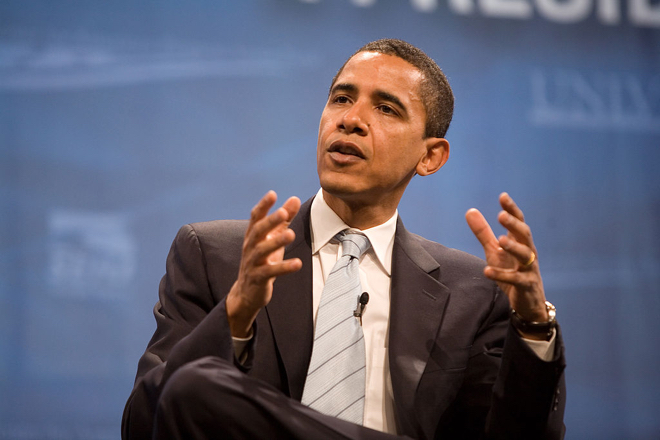
Video is Social
In the age of online video, things have gotten even more complicated, however, because online video is by definition social. People can share, comment, embed, and events quickly go viral, especially when there’s any kind of misstep or controversy involved. This can be a dangerous thing for political branding.
At the same time, news outlets now regularly stream online video during political debates, and as half of the US population now gets their news online, they’re likely to see the live action of video rather than just reading a text headline. Plenty of those people also participate in online discussions about the live streaming or on-demand video, and those comments can have an impact on how a candidate fares with the public in the moment, but also in the long run. In other words, the impact of video on politics is more pronounced than it probably ever has been, due to the dynamic, social nature of video.
A key player in all this is the citizen journalist, who can use video to report on political events (like the violence at recent Trump rallies) as well as to catch politicians when they’re not “camera-ready” (like when Romney was caught off-guard at a fundraiser in 2012). Likewise, a number of interest groups are leveraging video to help hold politicians accountable, a trend made all the more interesting by the fact that by the time something can be described as having gone “viral,” a politician effectively has to issue a response, and might be forced to take action.
It’s Increasingly Live
New apps like Periscope, and the launch of live streaming features on both Youtube and Facebook mean that anyone with a smartphone can now broadcast video from basically anywhere in the world. For politicians, this has upped the ante on their public speaking events and meet and greets. Any awkward moment or gaffe could potentially be captured and shared with a much wider audience than the one in attendance at the actual event.
This trend could also be an advantage to candidates. Allowing them to reach a wider audience, without commentary or editing, gets their message to more people without adulteration. It also might allow them to reach a younger demographic, and especially cord-cutters, than other channels, like C-Span or political talk shows.
As the CEO of Periscope stated, “Historically, we’ve all interacted with political candidates in a very similar way. We see them on TV, we read about them in the papers, we get these very crafted experiences that have been used for decades. What’s unique [about Periscope] is that you can engage with these folks in some real way on the car ride to their next event, or behind the scenes at their office as their staff is furiously preparing for the next debate. It’s one thing to see Donald Trump live on TV—it’s different to see him getting ready in the morning.” From VideoEdge.
That being said, it does place a greater premium on perfectionism. Coming across as polished with perfect answers to all questions all the time puts even more pressure on already stressed candidates, but live streaming video can engender trust and empathy when done well.
When it comes to video, who knows what the rest of the election season and the next Presidency will bring. One thing’s for sure: the Presidency is a brand, and as a brand, it has got to use video to its fullest potential. Whoever wins needs to be fully prepared.



